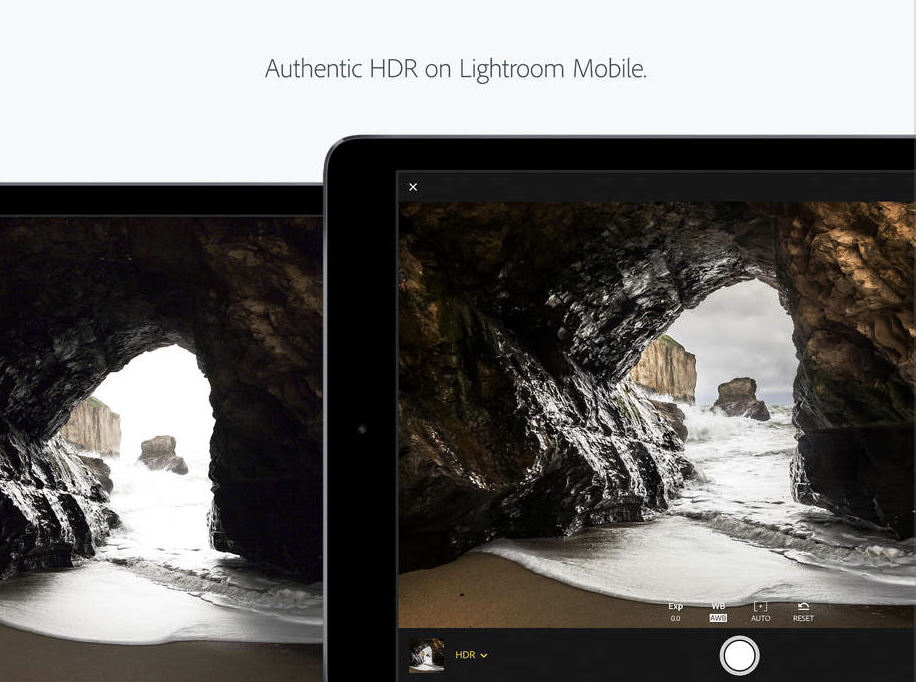
Steve’s finally back from yet another vacation, which means that for the foreseeable future you’ll be getting a podcast almost every weekday. Today we get back into the swing of things with three stories:
- Adobe releases new versions of the Lightroom apps for iOS, adding “Authentic HDR” for creating true RAW HDR images
- Steve Jobs initially thought the idea of the Apple Store Genius Bar was “idiotic”
- A new battery technology could greatly increase battery life, decrease charging times, and make for much safer lithium-ion batteries
The text version of the podcast can be viewed below. To listen to the podcast here, click the play button on the player below. Note to Apple News readers: you’ll need to visit Apple World Today in order to listen to the podcast.
Text Version
This is Steve Sande for Apple World Today, and you’re listening to the AWT News Update for March 6th, 2017. I’m back from my travels and apologize for that big gap in podcasts for the past couple of weeks. Let’s see what’s new in the world of Apple.
If you’ve outgrown the Photos app and you’re wondering if Apple is really supporting Aperture, then you’ve probably already made the move to Adobe’s pro photo apps. Today the company updated its Lightroom pro photo apps for iOS, adding a new shooting mode called “Authentic HDR”. High Dynamic Range or HDR photography takes several photos at different exposure values, then aligns and does what is called “de-ghosting” in the composite image. Once the photo is taken, the image is saved as a 32-bit floating-point DNG RAW file that can be manipulated even further. Adobe says this method is better than the built-in iOS 10 HDR mode, which doesn’t shoot in RAW. Pro photographers love RAW for the flexibility it provides in terms of post processing of photos. The RAW files can also be exported to the iOS camera roll, which changes their format but allows for easy sharing. While the Lightroom app is a free download, most important features require a Creative Cloud subscription from Adobe.
It’s always fun to hear stories about Apple co-founder Steve Jobs, and during a recent Recode Decode podcast, former Apple retail head Ron Johnson spilled the beans about an idea he had that Jobs thought was completely dumb. Johnson said “I remember the day I came in and told Steve about the Genius Bar idea and he says, ‘That’s so idiotic! It’ll never work!’ He said, ‘Ron, you might have the right idea, but here’s the big gap: I’ve never met someone who knows technology who knows how to connect with people. They’re all geeks! You can call it the Geek Bar.’” Johnson then fired back at Jobs by saying that most of the Genius Bar team would be in their 20s and had grown up with the tech they’d be supporting. With that, the next day Jobs told Apple’s general counsel to trademark the term “Genius Bar”. For most people, the Genius Bar has become one of the key attractions of buying Apple products, since troubleshooting problems or getting products fixed is usually just a short drive away.
Sometimes there’s a tendency for us to think of today’s inventors of high technology as young people, but a team led by the original creator of the lithium-ion battery has come up with a new and revolutionary battery technology that could pack three times the power into the same volume and charge in minutes instead of hours. The team from the University of Texas is led by a 94-year-old gentleman by the name of John Goodenough, and they’ve developed what they call an all-solid-state lithium-ion battery cell. Samsung will love these batteries — they’re noncombustible, have a super long cycle life, and can both charge and discharge at faster rates. The technology is also scalable from the tiny batteries required in an Apple Watch to electric car battery packs and even things like the Tesla PowerWall. By using a glass electrolyte instead of a liquid solution, the technology eliminates the so-called “metal whiskers” that can bridge gaps between positive and negative battery plates when a cell is charged too fast. Those metal whiskers can short a battery, causing fires and explosions. The glass used in the all-solid-state battery cell is made from lithium, sodium or potassium, and the batteries work somewhat better in cold temperatures than today’s lithium ion batteries. There are also benefits to manufacturers, since the technology simplifies the fabrication of battery cells, used cells are more easily recycled, and fewer rare-earth minerals are used. The University of Texas is negotiating license agreements with battery companies; hopefully we’ll see this new technology in action soon.
That’s all for today; I’ll be back tomorrow afternoon with another edition of the AWT News Update.
